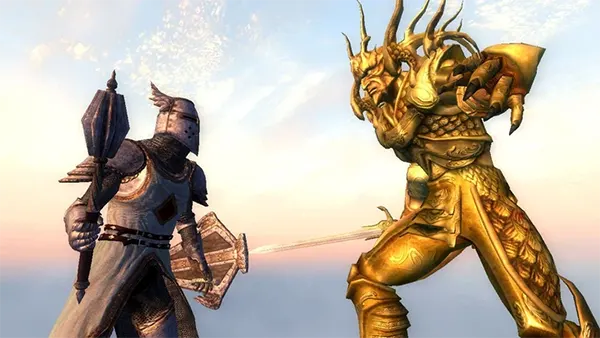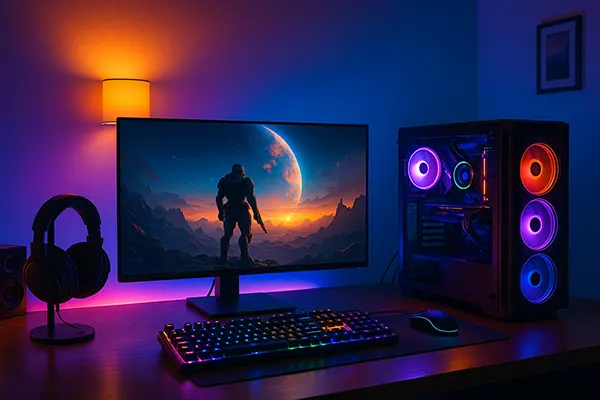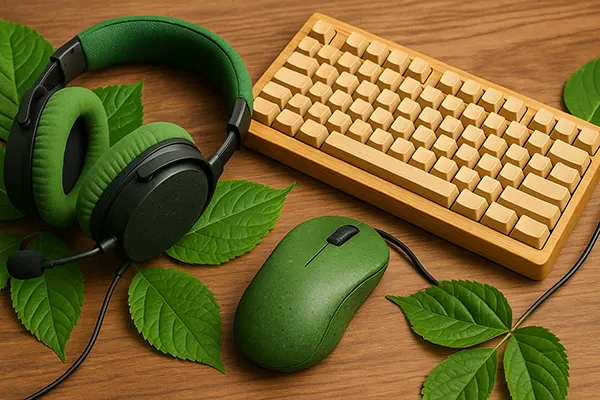
The Elder Scrolls IV: Oblivion Remastered — Is It Worth Returning to Cyrodiil in 2025?
The release of The Elder Scrolls IV: Oblivion Remastered has reignited interest in one of the most recognisable RPGs of the mid-2000s. Updated visuals, refined mechanics and native support for modern systems have made many long-time fans reconsider their return to Cyrodiil. At the same time, new players encounter the game without nostalgia, focusing purely on how well it performs by contemporary standards. This review assesses the current state of Oblivion Remastered, referencing real updates and technical improvements relevant in 2025, to help readers evaluate whether the revamped version remains engaging today.
Technical Upgrades and System Improvements
Oblivion Remastered delivers a thorough rebuild of its graphical assets while preserving the distinct tone of the original release. Bethesda incorporated higher-resolution textures, remastered lighting and modernised character models, resulting in environments that appear sharper yet still recognisable. Forests, cities and dungeons display a level of clarity that finally matches what many imagined during the game’s early years.
Performance has also been stabilised across modern systems. DirectX 12 support reduces stuttering in heavily populated zones, while updated LOD rendering provides longer visual distances without the pop-in issues that were notable in 2006. Players on mid-range hardware can expect a steady framerate even with maximum settings.
The remaster includes full controller remapping, improved mouse input processing and native widescreen and ultrawide resolutions. These adjustments make the game more practical for current PC setups, resolving longstanding compatibility concerns.
How Modern Hardware Enhances the Experience
The shift to 64-bit architecture ensures that memory limitations from earlier versions are no longer present. This allows the game to run more complex world data without crashing during extended sessions, a common grievance among long-time fans. As a result, the Remastered edition offers smoother exploration, even in large cities such as the Imperial City.
Loading times have been significantly reduced thanks to SSD-optimised file handling. Moving between exterior and interior areas feels noticeably faster compared with both the original release and the 2010 GOTY Edition. While the game still uses cell-based transitions, the interruptions are brief enough that they no longer break immersion.
Additional accessibility options, including adjustable contrast, menu scaling and colourblind modes, address modern expectations. These features make the game more comfortable for a wider audience without altering the core systems that defined the original title.
Gameplay Mechanics and Balancing Adjustments
Oblivion Remastered retains the level-scaling system that made the original game distinct, but adjustments in enemy behaviour and gear progression create a more reasonable sense of challenge. Encounters now scale with a refined curve, reducing the extreme jumps in difficulty that frustrated players years ago. As a result, exploration feels more consistent irrespective of chosen character class.
Combat responsiveness has been improved with updated hit detection and revised stamina usage. While the system remains faithful to the original design, weapon swings connect more reliably, and blocking feels less delayed. These small revisions bring the action closer to the standards set by later Elder Scrolls titles.
Stealth mechanics have been slightly tuned to reduce unpredictable detection patterns. Enemy AI now behaves with clearer logic, allowing consistent outcomes when relying on archery or silent takedowns, which increases strategic depth in dungeon segments.
Questing and World Interaction in 2025
The remaster keeps all the iconic questlines intact—such as the Dark Brotherhood and the Mages Guild—but modern camera controls and updated dialogue presentation make them easier to follow. Character facial animations remain intentionally close to the original style, avoiding a complete redesign, yet improved lighting gives conversations greater clarity.
Journal organisation has been enhanced, allowing filtering by questline and completion state. This helps players navigate Oblivion’s extensive side content without losing track of earlier objectives, which was a common issue for newcomers in the past.
NPC schedules continue to define the living-world atmosphere for which Oblivion became known. The remaster refines certain routines to reduce idle behaviour and improve role consistency, leading to more believable daily interactions around Cyrodiil.

Visual Identity and Atmosphere Today
The artistic direction of Oblivion Remastered remains loyal to its early high-fantasy aesthetic. Colour grading has been subtly adjusted to bring more natural warmth to the landscapes, reducing the washed-out appearance present in older versions. Cities like Chorrol and Anvil appear more vibrant without deviating from the original design tone.
Interior lighting uses a combination of volumetric fog and updated shadows, giving caverns and ruins stronger visual depth. These improvements contribute to a more convincing sense of location while preserving the familiar silhouettes of classic environments.
The soundtrack, already considered iconic, has been remastered with higher-quality samples. Jeremy Soule’s compositions maintain their emotional weight, but the refinements create cleaner transitions between ambient tracks, suiting today’s audio expectations.
Should Players Return to Cyrodiil?
For long-time fans, Oblivion Remastered offers a chance to revisit a world that defined a generation of RPGs, now running smoothly on current hardware. The improvements focus on stability and quality-of-life enhancements without rewriting core systems, making the experience feel familiar yet refreshed.
New players will encounter a classic RPG reconstructed with enough modern adjustments to feel accessible. While some mechanics reflect design conventions from the mid-2000s, the remaster ensures they remain functional rather than outdated. Anyone interested in the history of open-world fantasy games will find the title valuable for its influence alone.
Overall, Oblivion Remastered stands as a respectful update that strengthens the game’s longevity. It addresses previous shortcomings while preserving the identity that made Cyrodiil memorable, resulting in a well-balanced revival suitable for players in 2025.



